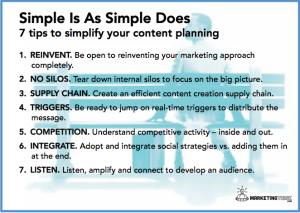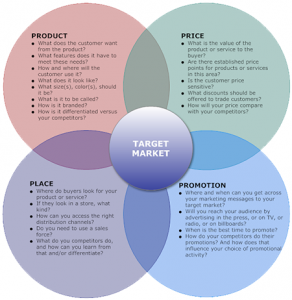As vaccination rates increase, and with lockdowns now behind us (hopefully for good!), businesses are looking forward to welcoming customers back to in-store shopping this summer. Here’s some information about how the pandemic has affected businesses, tips and guidance about managing your customers, steps to take before reopening and a look at what you should consider to keep your employees and customers safe.
After COVID-19, how are Canadian businesses doing?
A recent survey shows that nearly three quarters of Canadian businesses are either somewhat optimistic (50.7%) or very optimistic (23%) about the next 12 months. A similar percentage (77.6%) expect to keep the same number of employees through the remainder of the summer.
Of course, the pandemic didn’t hit all industries and sectors equally. Through 2020, for example, 29.3% of retail businesses saw revenues increase, and a further 10.7% of retailers saw revenues remain the same. The construction sector also fared relatively well, with 20.5% of businesses experiencing revenue growth, and 19.8% experiencing stable revenues. In contrast, businesses in the service sector were hard hit by the pandemic. 43.9% of accommodation and food service businesses and 42.2% of arts, entertainment and recreation businesses saw revenues decrease by more than 40%.
Here’s some other data about how Canadian businesses have fared during COVID-19:
- 1% of all businesses reported revenue growth in 2020.
- Retail eCommerce sales increased 110.8% between May 2019 and May 2020.
- Businesses with 100+ employees expect business to increase by nearly 25% in Q2 2021.
- The number of Canadian businesses filing for insolvency declined by nearly 25% in 2020.
- Nearly 3.6 million applications for the Canada Emergency Wage Subsidy (CEWS) have been approved, with subsidies totalling $ 81.5B.
- In August 2020, 5.3 million employees had their wages supported by CEWS.
- By early May 2021, 1.2 million employees had their wages supported by CEWS, the lowest number since the pandemic began.
Managing your customer base
As we’ve seen, businesses experienced many different scenarios during the past year. Depending on the industry or sector, some were forced to close for extended periods of time, while others were able to transition smoothly with online shopping, deliveries and curbside pickup. Regardless of where your business falls along this spectrum, you’ll be thinking about how to welcome back your existing customers, as well as how to attract new ones.
When considering your strategy, pay attention to what your customers are looking for now. Many people have embraced the convenience of ordering online for delivery, and may prefer to continue shopping this way even once stores are open again. Other customers may not feel comfortable shopping in person, and will continue to use a curbside pickup option if available. This is a great opportunity to check in with your customers. Ask how they’re doing, and find out what they’re looking for. With this information, you can review the products and services you provided during lockdowns, and consider how these will support your business going forward.
Essential steps before you reopen
If your business was closed due to lockdowns, you’ll need to take some essential steps before you can reopen.
- Inspect and clean the physical space. Look for damaged fixtures and evidence of pests.
- Set up cleaning and hand sanitizing stations. Include signage to inform customers and staff about expectations.
- Promote physical distancing. This may mean rearranging fixtures or furniture.
- Wherever possible, install a physical barrier (such as a plexiglass screen) between customers and staff.
- Adopt mobile payments. Many customers now feel that digital wallets are safer and more convenient than carrying cash, so make it easy for them to pay in ways they’re comfortable with.
- Take your business online. If you haven’t done this yet, what are you waiting for? Giving customers another way to shop is a great way to boost your revenue.
Best practices to stay safe
Rules and regulations are changing frequently, so stay informed about what’s allowed in your area. Not sure where to look? Check the website for your city or province for COVID-19 information.
Here are some general guidelines:
- Follow current regulations regarding personal protective equipment (PPE), such as masks.
- Keep cleaning and hand sanitizing stations well stocked.
- Ensure that your business is set up to allow for physical distancing. Signage is especially important for lines and queues, both inside and outside.
- Establish a contact tracing policy if you’re welcoming customers into your business.
(47)
Report Post







